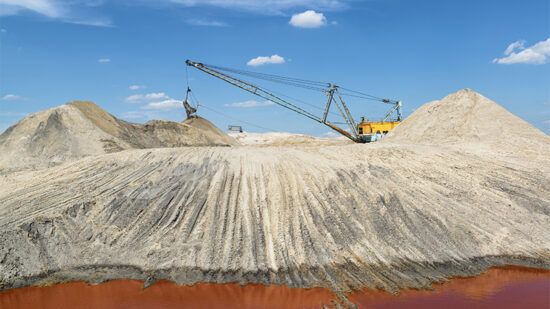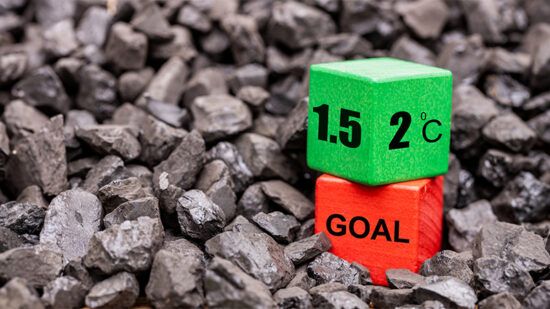Schroders has developed guidelines for engaging with companies on climate adaptation, resilience and risk, in collaboration with Cornell University’s Global Labor Institute (GLI).
The engagement framework outlines areas where Schroders and Cornell’s GLI believe investors can constructively engage with exposed companies, to understand the risks they face and to encourage action to strengthen firms’ resilience to the impacts of physical climate change.
Climate change is expected to have a major impact on investment returns and client outcomes, Schroders said, specifically through increased revenue losses, heightened operational costs and stranded asset risk.
The investment firm has already started applying the toolkit for its engagement with apparel brands and plans to expand its application to other exposed sectors, including food and construction, to support investment performance and the resilience of clients’ portfolios.
Katie Frame, active ownership manager at Schroders, said: “Extreme weather caused by climate change poses financially material risks for many brands and sectors. As a result of climate change, we expect to see an increased impact on investment returns and client outcomes, specifically through increased revenue losses and stranded asset risk. Despite a changing global regulatory landscape, these risks should move companies towards building supply chains that are adaptive, resilient and sustainable in the long-term.”
Research Schroders previously conducted with Cornell’s GLI estimated that major apparel manufacturers could face costs associated with extreme heating and flooding of up to 5% or more of operating profits. Those specific risks have significant impacts on apparel, from affecting workers’ health, slowing down production and shutting down factories, road, rail and port systems altogether.
Developed through dialogue with company experts and researchers from Cornell School of Industrial and Labor Relations, the framework includes a set of actions for companies across sectors to take, including good practice risk assessments and action plans. It also recommends that brands, particularly in the apparel industry, support suppliers with finance and capacity building for adaptation and necessary adjustments as climate risks are widespread across production hubs.
Further analysis by Cornell GLI and Schroders found four countries central to apparel production risk losing $65bn in export earnings between now and 2030 due to extreme heat and flooding. Despite this, climate resilience is not often planned for, largely due to the industry’s focus on climate mitigation.
As well as this, the fluid nature of apparel supply chains also means brands often choose to relocate production rather than build resilience. A focus on resilience could strengthen the ability of firms to anticipate, prepare for, and respond to hazardous events.
Jason Judd, executive director of Cornell University’s GLI, added: “Extreme weather and physical climate risk represent serious health hazards for garment workers, which result in material risks for brands. Adaptation investments that protect workers and supply chains are urgently needed and must go hand-in-hand with social protection mechanisms. These are critical for allowing the fashion industry – which sources in many of the world’s most climate-vulnerable countries – to adapt to physical climate risk and ensure workers and supply chains are future-fit.”








